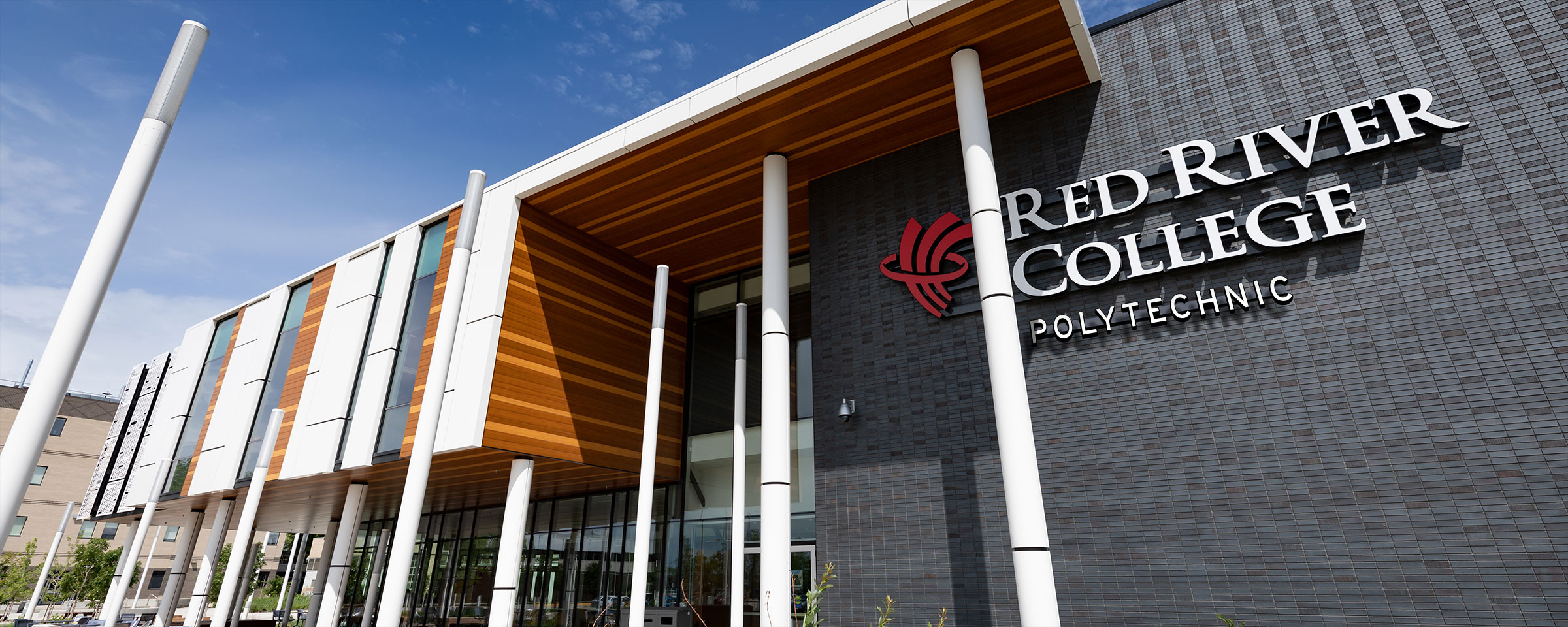An Evolution of Education at Red River College
For immediate release: October 20, 2017
Chalkboards, overhead projectors and multiplication tables are some of the things that come to mind when the average person imagines a classroom – but that image is changing.
Today, 15 educators from across Manitoba will be at Red River College (RRC) to learn how they can incorporate drones, virtual reality and games into the classroom.
“These are the early adopters,” said Dr. Eva Brown, Emerging Technology Instructor in the Teacher Education department at Red River College. “Our goal with this is twofold. That is to prepare educators for the expectations and learning styles of their students and to show how educators can prepare learners for what is in front of them.”
Partnering with Manitoba Association of Computer Educators (ManACE), the workshop was developed by RRC instructors Brown and Daryl McRae, along with new media technician Jonathan Ferber from the College’s eTV Learning Technologies media lab as part of a year-long project funded by the College’s Program Innovation Fund. Focusing on emerging drone technology, the trio have been researching feasibility, interest, regulations and legalities for the use of drones at the College – as well as becoming certified drone pilots – to aid in the development of drone-based curriculum.
They partnered with media technicians Murray Toews, Dylan Smitzniuk who are leading the virtual reality and games components of today’s workshop.
“Evolving education is about sharing knowledge. Today, teachers are attending different workshops across the province to learn new skills and will share that knowledge in their classrooms, at their schools and across their divisions. We’re excited to have instructors from Red River College provide a session on emerging technology in the classrooms,” said Norm Gould, President of the Manitoba Teacher’s Society. “The fact is that most students in the K-12 system have grown up with technology in their hands. It’s important for us as educators to understand technology and adapt it to our lessons to meet the needs of our students.”
Today’s workshop will also encourage educators to learn about safety requirements and restrictions for these types of emerging technology. Drones especially have strict regulations surrounding safety and privacy.
In science fiction movies like Blade Runner, The Fifth Element and Star Wars, drones and augmented reality are a part of every-day life. While we’re not there yet, technology is evolving every day. Teenagers and adults who use the app Snapchat have recently had the opportunity to welcome a dancing hot dog into their real world environments and Uber announced its plans to launch flying taxis in Dubai, UAE and Dallas, Texas.
“Today’s learners are more familiar with technology than a pen and paper,” said Brown. “Their pen and paper is a tablet or a computer. We need to embrace technology as a mechanism for engagement and 21st century learning.”
Brown said she and the project team based their research on the New Media Consortium Horizon Report (Higher Education Edition), which forecasts which emerging technologies will be integrated into learning within the next one to three years. According to the 2017 report, drones are a technology that should be on the radar of educators across the world.
Some of the uses for drones already being implemented at other institutions include aerial video projects (Swarthmore College, USA), using drones in the repair and maintenance of infrastructure (University of Leeds, Ireland) and for engineering students to measure a variety of indicators such as humidity, temperature, barometric pressure (University of Chihuahua, Mexico).
A drone has been approved to be purchased for educational use at Red River College and will be used for training before instructors can implement it into their learning.
-30-
